Are you considering adding a fence to your property in Williamsburg? Before you dive in, it’s crucial to navigate the maze of local regulations for fencing in Williamsburg. Ignoring these rules can lead to costly fines and headaches down the line. In this article, we’ll break down the essential regulations you need to know, ensuring your fencing project is not only beautiful but also compliant. Mastering these guidelines will save you time, money, and stress, allowing you to enjoy your new fence without worry. Let’s get started!
Introduction to Local Regulations for Fencing in Williamsburg
Understanding the Importance of Compliance
Compliance with local regulations for fencing in Williamsburg is not just a legal obligation; it also enhances the aesthetic appeal and value of your property. Failing to adhere to these regulations can result in fines, mandatory removal of non-compliant structures, and even legal disputes with neighbors. Understanding these regulations is essential for any property owner looking to install a fence.
Overview of Common Fencing Materials and Styles
When considering a fence, it's important to choose materials that not only meet your aesthetic preferences but also comply with local regulations. Common materials include wood, vinyl, and chain link. Each material has its own set of regulations regarding height, durability, and appearance. For instance, a wood fence may require different treatment and maintenance compared to a vinyl fence. To learn more about the benefits of wood fencing, check out our article on the benefits of a wood fence. Understanding these differences can help you make an informed decision.
Key Local Regulations for Fencing in Williamsburg
Height Restrictions for Fences
One of the most critical aspects of local regulations for fencing in Williamsburg is the height restrictions imposed on fences. Typically, residential fences in front yards cannot exceed 4 feet, while those in backyards may reach up to 6 feet. These restrictions are designed to maintain neighborhood aesthetics and ensure safety. Always check with your local zoning office for specific height limits applicable to your property.
Setback Requirements and Property Lines
Setback requirements dictate how far a fence must be from the property line. In Williamsburg, fences are generally required to be set back at least 2 feet from the property line. This regulation helps prevent disputes with neighbors and ensures that fences do not encroach on adjacent properties. Understanding your property lines is crucial before beginning any fencing project.
Permitting Process for Fencing Projects
Before you start building, it's essential to understand the permitting process for fencing projects in Williamsburg. Most fencing installations require a permit, especially if they exceed certain height limits or involve specific materials. The process typically involves submitting an application to the local zoning office, which may require a site plan and details about the proposed fence. Obtaining a permit not only ensures compliance but also protects your investment.
How Close to the Property Line Can I Build a Fence in VA?
Understanding Property Lines and Boundaries
Knowing how close you can build a fence to your property line is vital. In Virginia, property lines are often marked by survey stakes, but if you're unsure, it's wise to hire a professional surveyor. Building too close to the property line can lead to disputes with neighbors and potential legal issues. Always verify your property boundaries before proceeding with any fencing project.
Legal Implications of Building Too Close
Building a fence too close to the property line can have serious legal implications. If a neighbor disputes the placement of your fence, you may be required to remove it, which can be costly and time-consuming. Additionally, local laws may impose fines for non-compliance. To avoid these issues, always adhere to local regulations and consult with your neighbors before installation.
Do You Need a Permit to Build a Fence in Virginia?
When Permits Are Required
In Virginia, a permit is generally required for building a fence that exceeds 6 feet in height or is made from certain materials. Additionally, if your fence is located in a historic district or near a public right-of-way, special permits may be necessary. Always check with your local zoning office to determine if your project requires a permit.
Steps to Obtain a Fence Permit
Obtaining a fence permit involves several steps. First, you must fill out a permit application, which can usually be found on your local zoning office's website. Next, you may need to provide a site plan detailing the proposed fence's location and dimensions. After submitting your application, the zoning office will review it and may conduct an inspection before granting approval. Following these steps ensures that your fence complies with local regulations.
Virginia Code for Fences
Key Sections of the Virginia Code
The Virginia Code outlines specific regulations regarding fences, including height restrictions, materials allowed, and property line considerations. Familiarizing yourself with these codes is essential for any property owner planning to install a fence. Key sections often address the responsibilities of property owners and the rights of neighbors regarding fence placement and maintenance.
How the Code Affects Your Fencing Project
Understanding the Virginia Code for fences can significantly impact your fencing project. Compliance with these laws not only helps avoid fines but also ensures that your fence is built to last. For instance, certain materials may be prohibited in specific areas, and knowing these regulations can save you from costly mistakes.
FAQs About Fencing Regulations in Williamsburg
How close to the property line can I put a fence?
In Williamsburg, fences must generally be set back at least 2 feet from the property line. However, it's essential to verify this with your local zoning office, as regulations may vary.
What is the Virginia Code for fences?
The Virginia Code for fences includes regulations on height, materials, and property line considerations. Familiarizing yourself with these codes is crucial for compliance.
What are the common fines for non-compliance?
Fines for non-compliance with fencing regulations can vary widely, but they can range from a few hundred to several thousand dollars, depending on the severity of the violation.
Key Takeaways on Local Regulations for Fencing in Williamsburg
- Understanding local regulations for fencing in Williamsburg is crucial to avoid fines and legal issues.
- Permits are often required for fencing projects, especially those exceeding height limits.
- Always verify property lines and setback requirements before beginning your project.
Conclusion: Ensuring Compliance for Your Fencing Project
In conclusion, navigating the local regulations for fencing in Williamsburg is essential for any property owner looking to install a fence. By understanding height restrictions, setback requirements, and the permitting process, you can ensure that your fencing project is compliant and hassle-free. Remember, compliance not only saves you from fines but also enhances the value of your property. Take the time to familiarize yourself with these regulations, and enjoy the peace of mind that comes with a well-planned fencing project.
What You'll Learn
- Understanding local regulations for fencing in Williamsburg.
- Importance of permits and compliance.
- Key FAQs regarding fencing laws.
| Regulation | Details |
|---|---|
| Height Restrictions | 4 feet in front yards, 6 feet in backyards |
| Setback Requirements | At least 2 feet from property line |
| Permit Requirement | Required for fences over 6 feet or specific materials |
“Compliance with local regulations not only saves you from fines but also enhances the value of your property.”
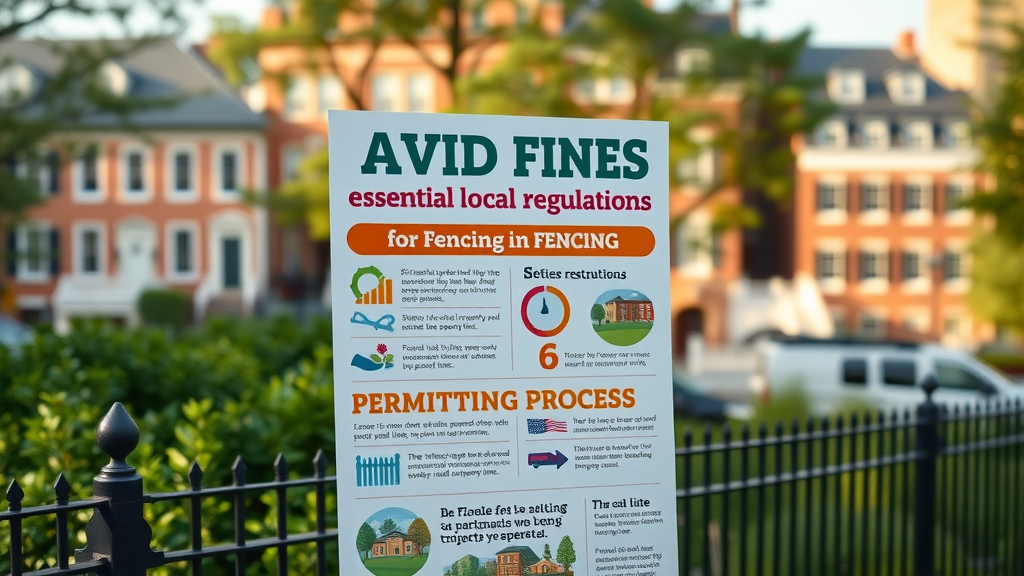

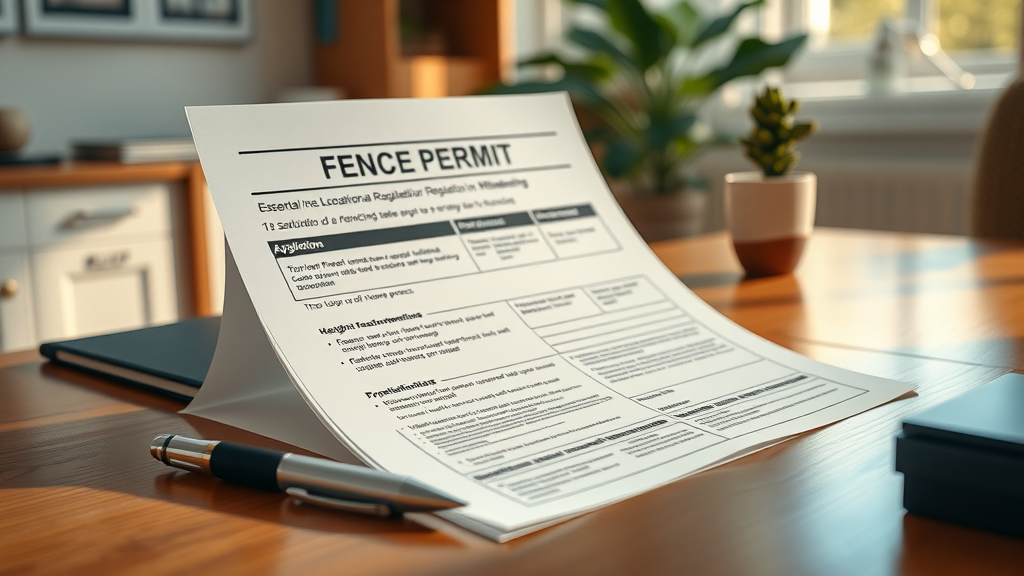
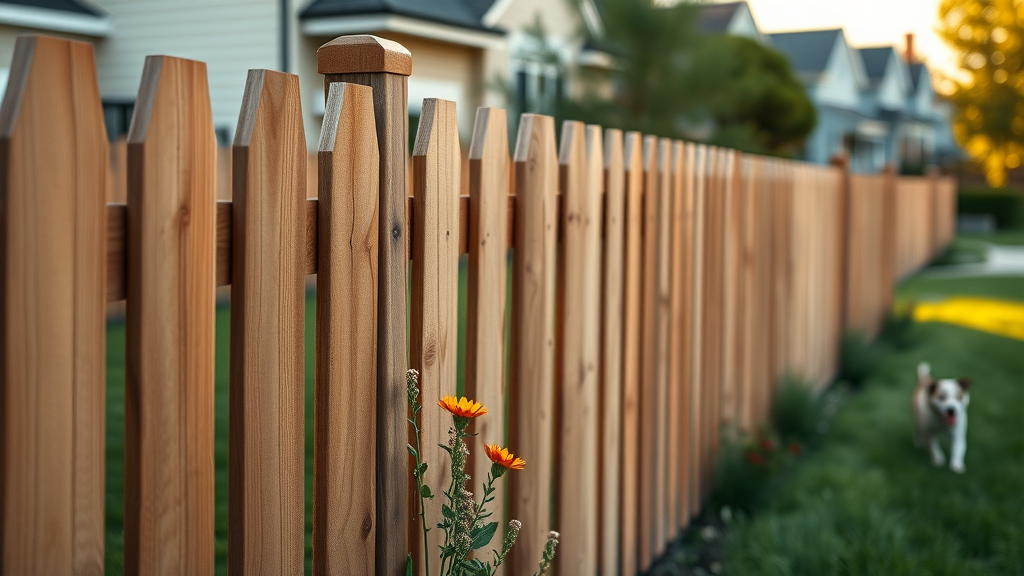
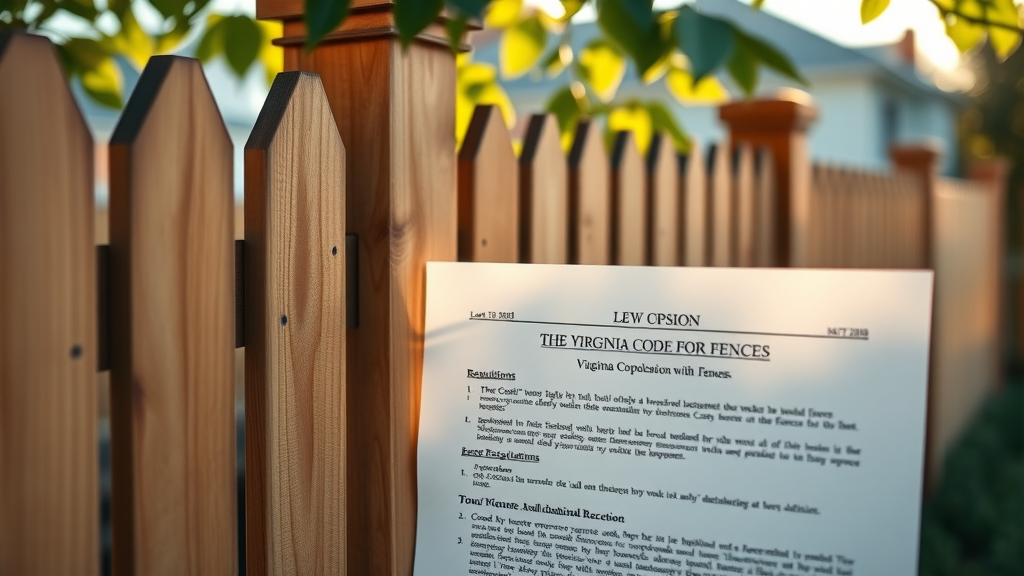
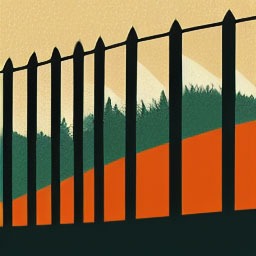

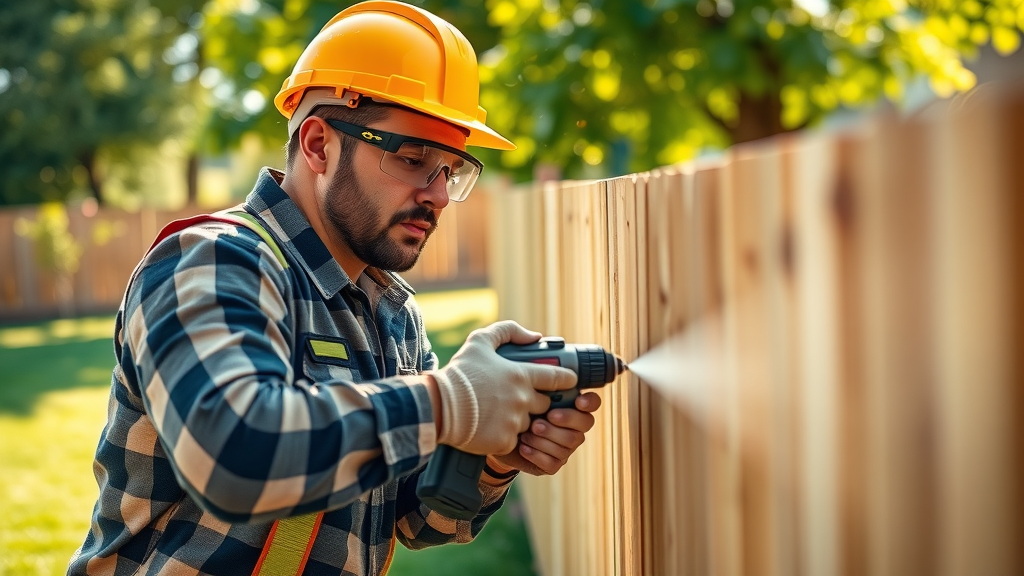
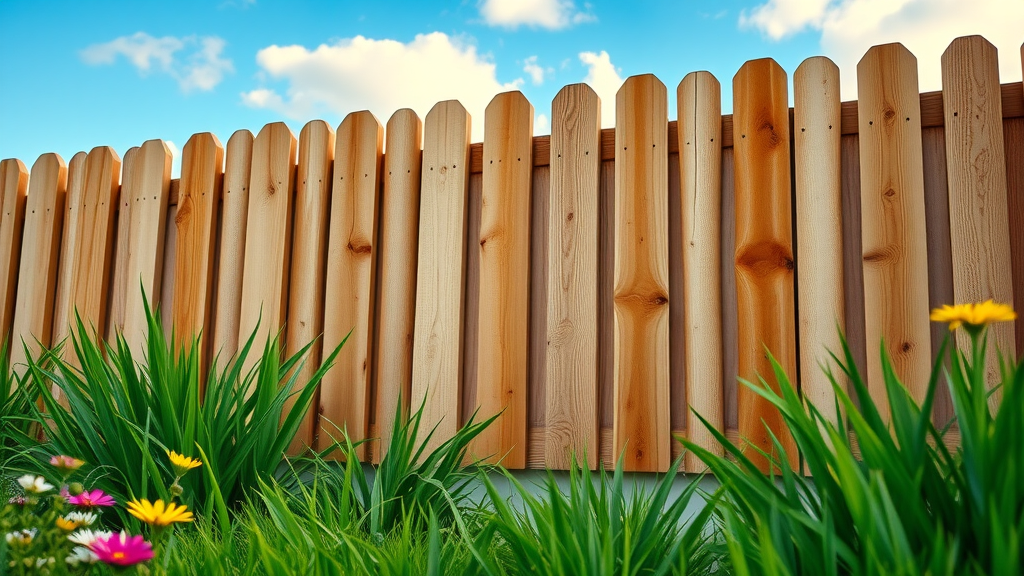
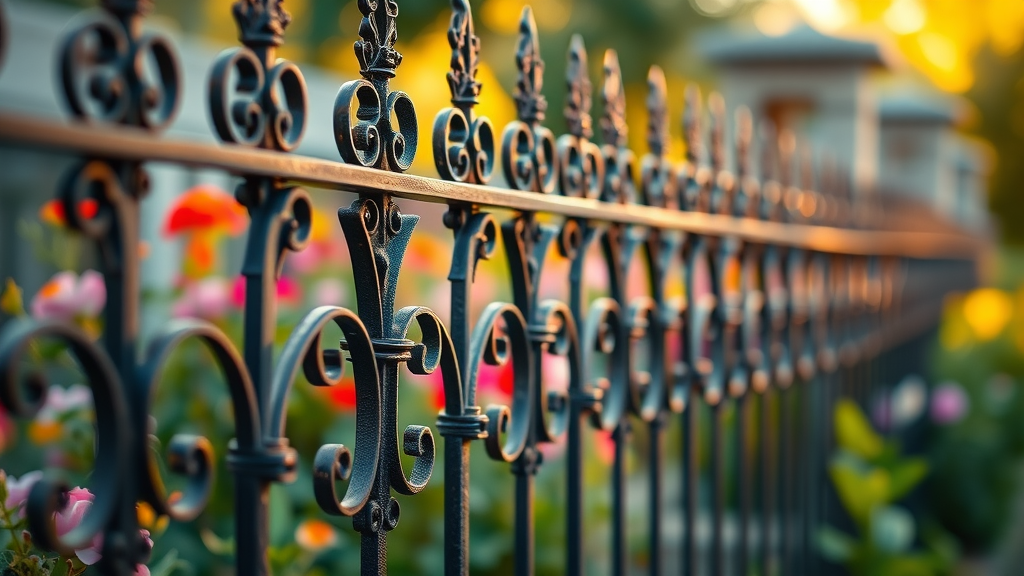
Write A Comment